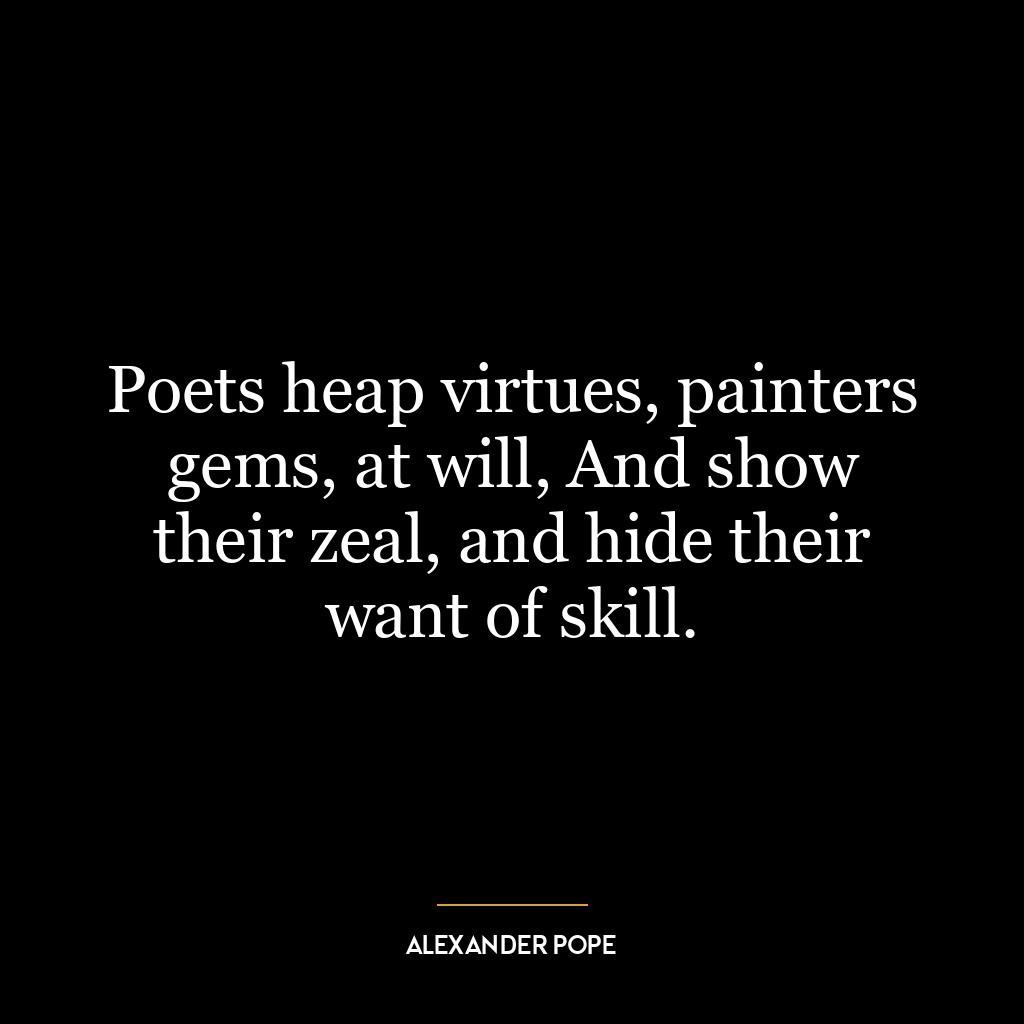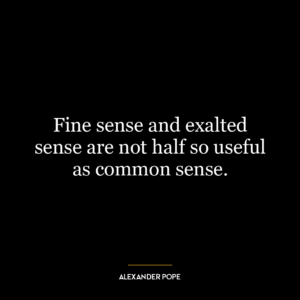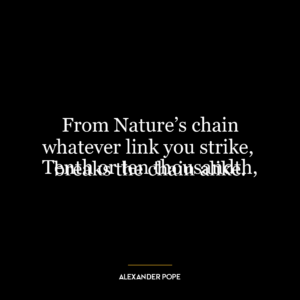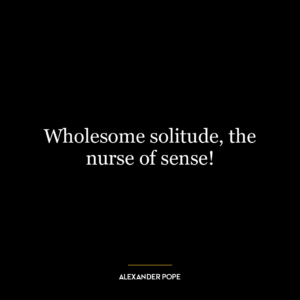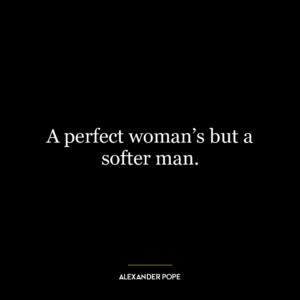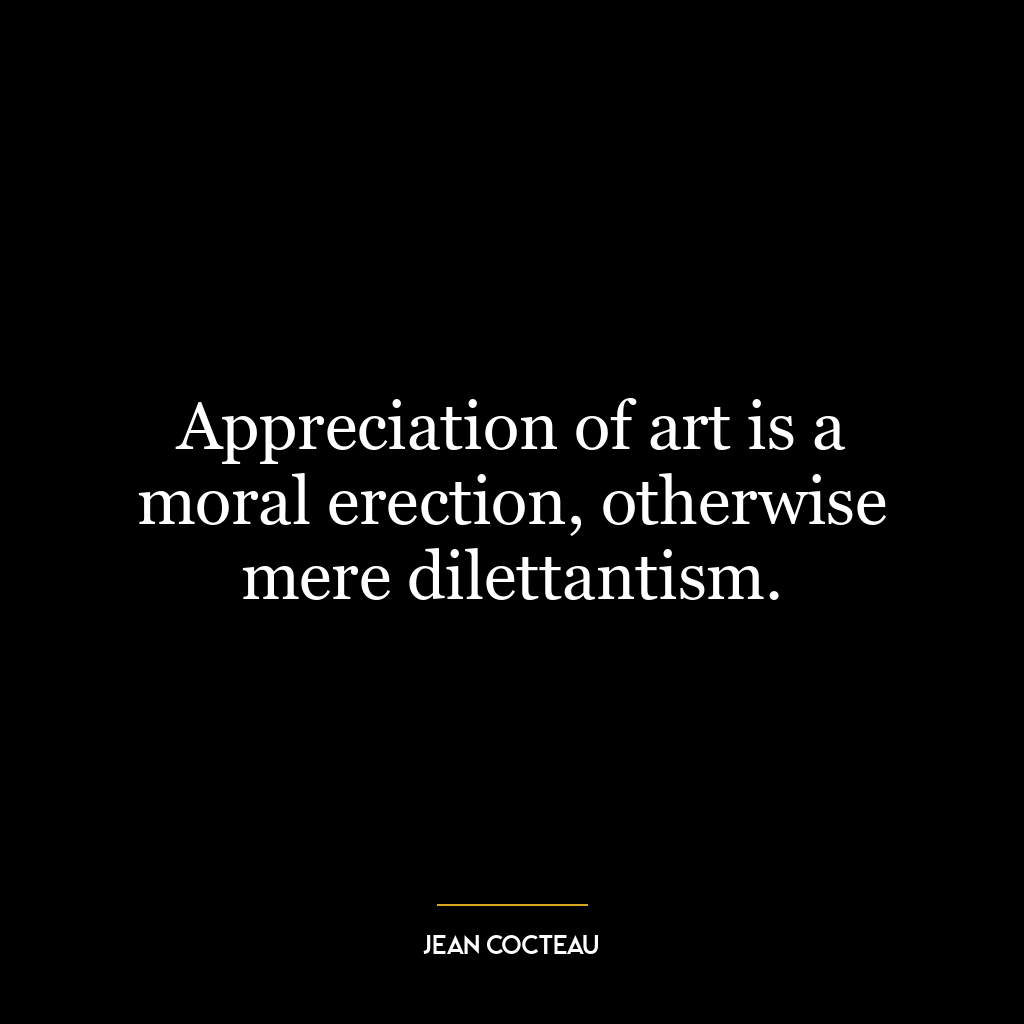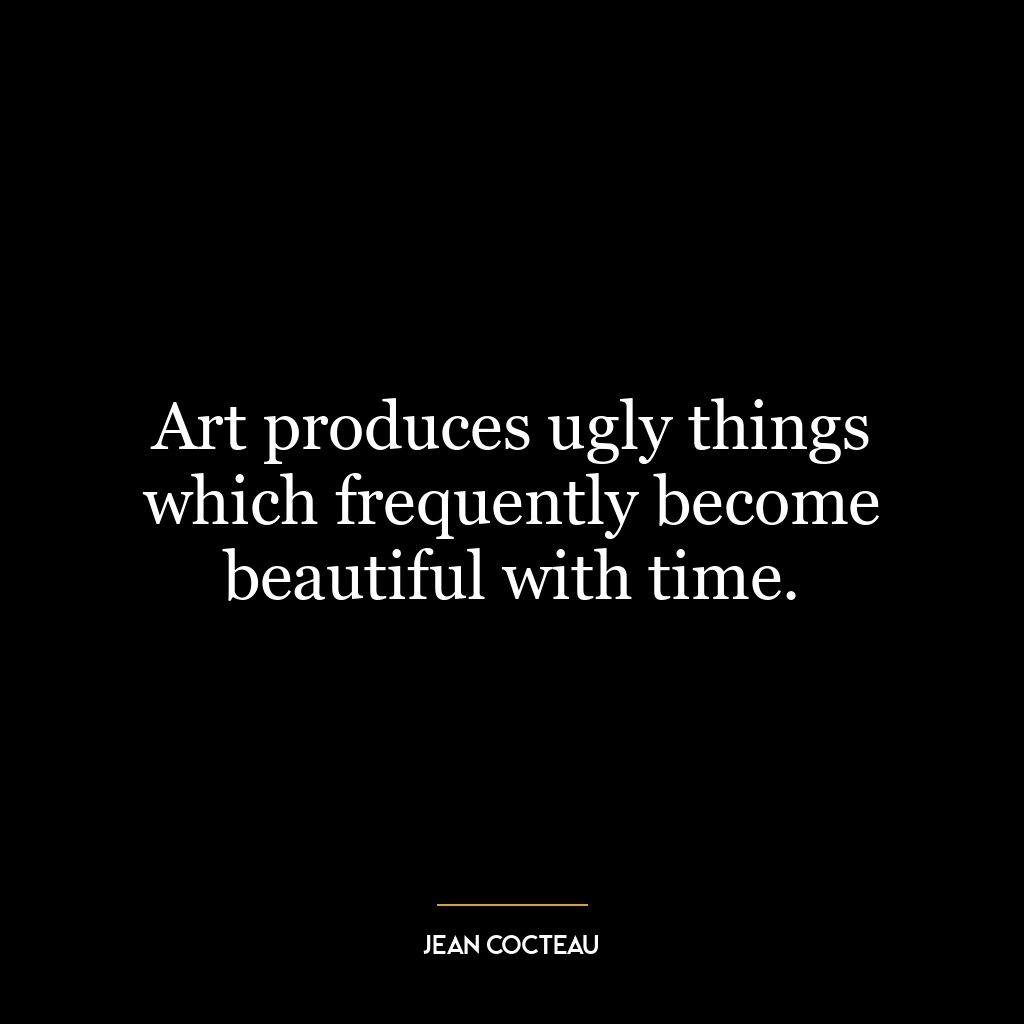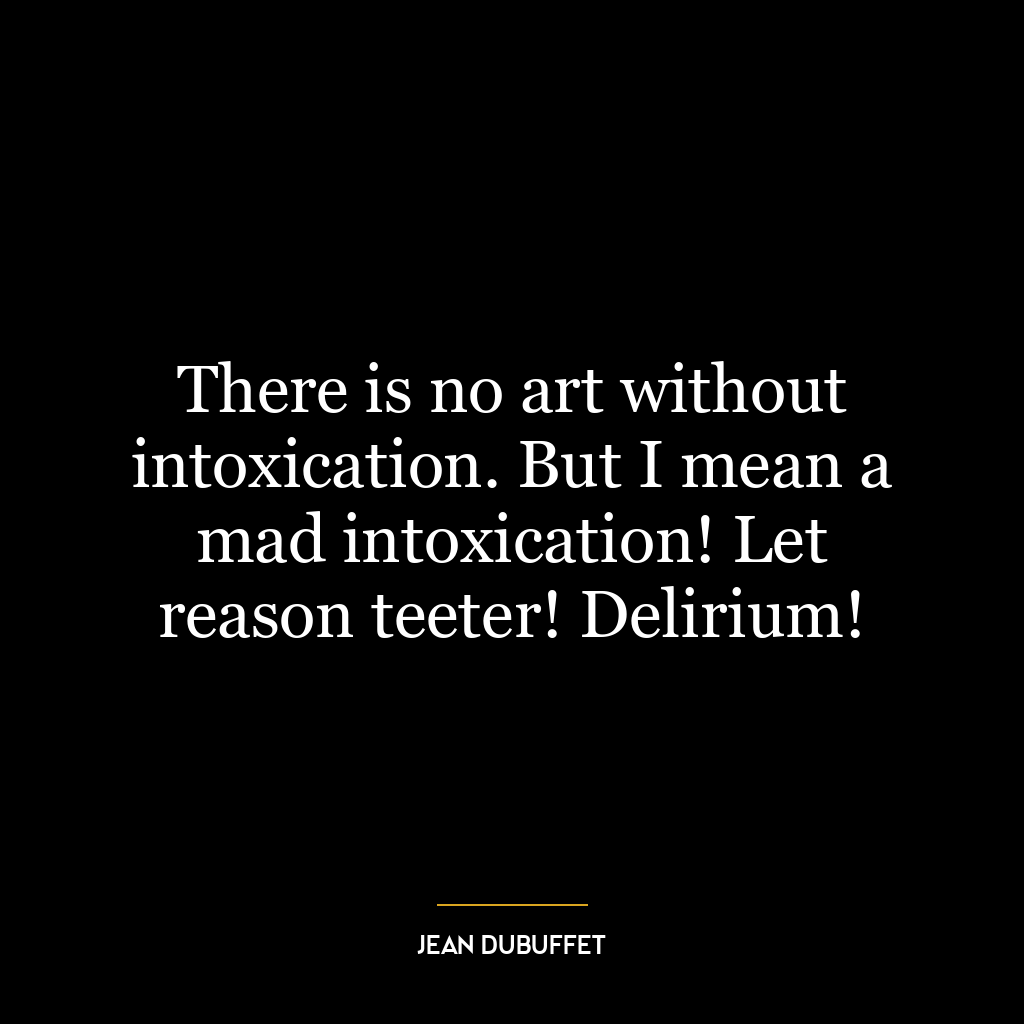This quote suggests that poets and painters, and by extension, all artists, often use their art to present an idealized or exaggerated version of reality. They heap virtues or gems, meaning they pile on positive, attractive, or desirable qualities in their work, often to the point of excess. This is done at will, meaning they do it freely and as they please. The purpose of this, according to the quote, is to showcase their passion and enthusiasm (their zeal), but also to cover up their lack of skill or talent.
In simpler terms, the quote implies that artists sometimes overcompensate for their shortcomings by adding more and more attractive qualities to their work. This could be seen as a form of deception or self-deception, as it involves hiding the truth about their abilities. However, it could also be seen as a form of creativity or resourcefulness, as it involves finding ways to make their work more appealing despite their limitations.
In today’s world, this idea can be applied in various ways. For instance, in the realm of social media, many people present an idealized version of their lives, showing only their best moments and achievements, while hiding their struggles and failures. This can be seen as a form of ‘heaping virtues’ or ‘painting gems’, as it involves presenting an attractive but potentially misleading image to the world.
In terms of personal development, this quote might suggest the importance of being honest about our abilities and limitations, rather than trying to cover them up. It could also suggest the value of focusing on genuine improvement, rather than superficial embellishment. At the same time, it could remind us to be critical and discerning consumers of art and media, aware that what we see is often a constructed and idealized version of reality, rather than the whole truth.

